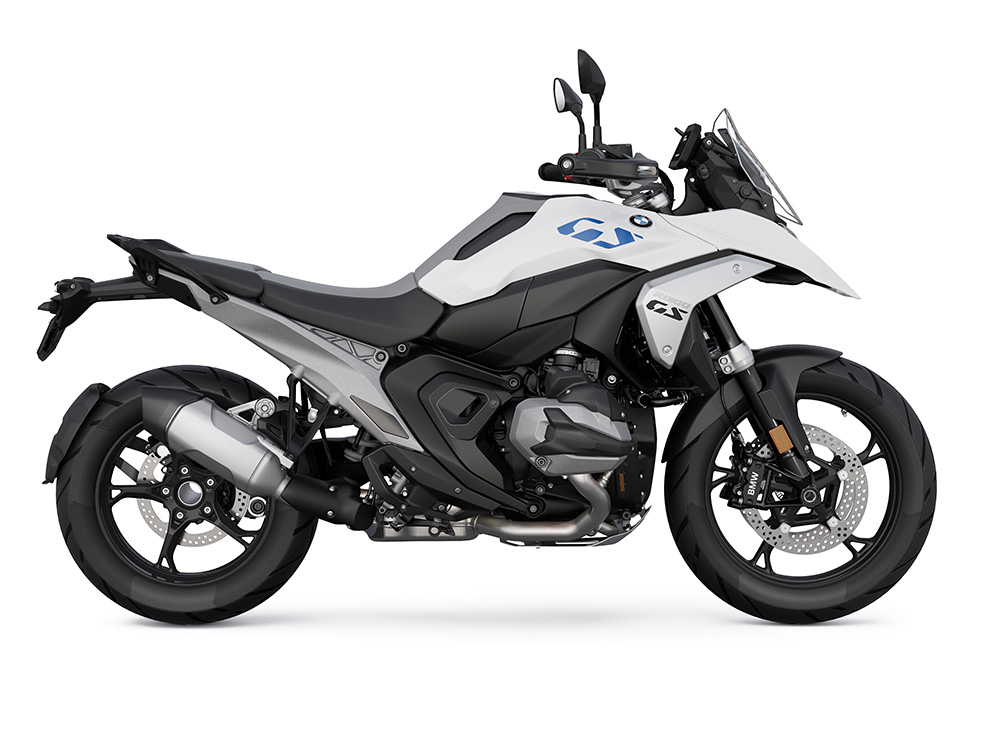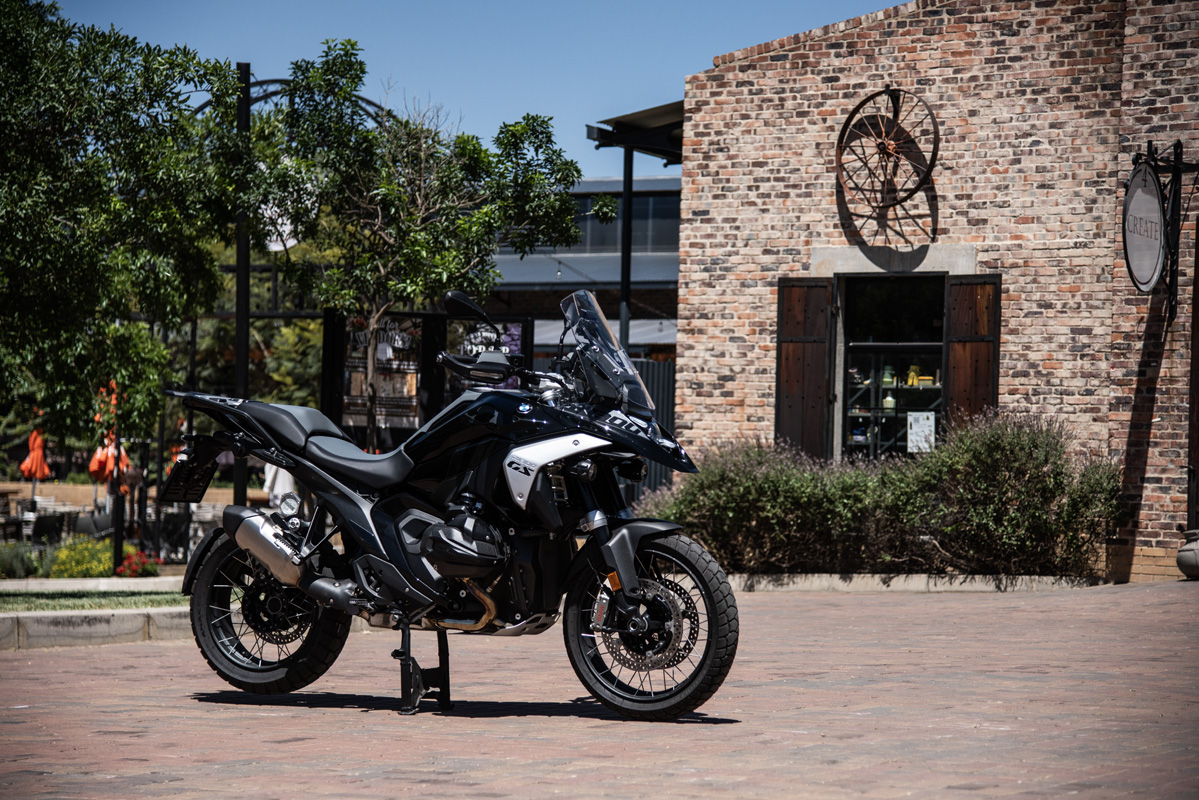
Nothing in this world can be allowed to stand still; in the motorcycling world nowhere more so than when it comes to the development of adventure bikes. With so many impressively accomplished adventure bikes on the market, the bike that arguably started the whole trend, the BMW GS, has had to hustle in recent years to keep up. Even being outshone by certain manufacturers has never harmed sales nor, it has to be said, the ability, of the GS but, clearly, BMW engineers have felt the need for a complete rethink of the model, perhaps the most important of the bike’s life.
There have been several ‘problems’ facing the GS – losing out in the power stakes and an ever-increasing weight and bulk being the two main issues – although it could be argued that only the latter problem was one that urgently needed to be addressed. In chasing the power outputs of KTM, Triumph and Ducati, BMW has entered a battle it cannot possibly win as long as it sticks to the boxer-twin engine. In that case, you could ask, ‘why bother chasing more power?’ The idea of 160-180bhp in an adventure bike is frankly ridiculous so would BMW have been better concentrating on weight and bulk and gaining performance that way?
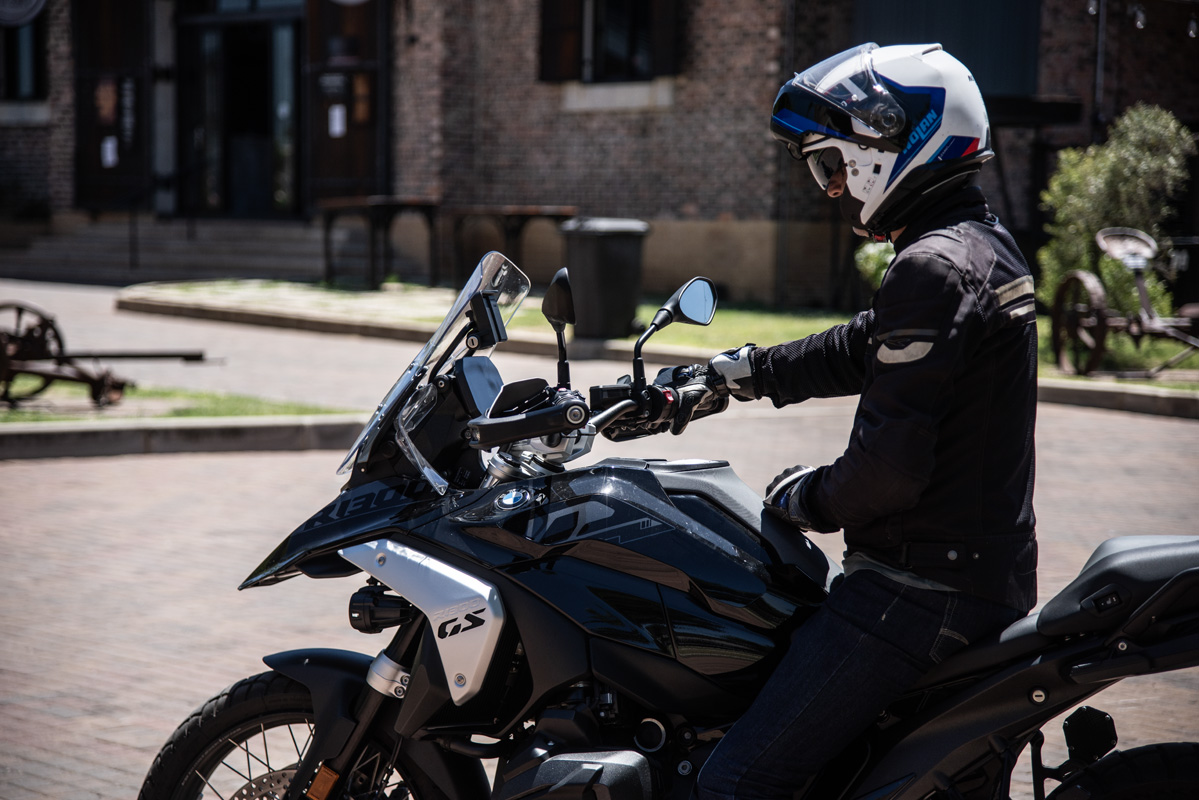
Whatever your thoughts, the R 1300 GS is here, with more power, less weight and bulk and more electronics than you can shake a stick at. There’s also an extensive list of options and a healthy new price tag, even before you start looking at the options list.
So, has it worked and, more importantly, is it worth the money?
Make no mistake, this is still a GS, it’s just that it is more compact, more powerful, lighter, slightly more refined, better-equipped (if you break the bank with the options list) and possessed of a new-found ability and agility that enables it to be more things to more people than ever before. If anything, the GS was always successful and a great ride no matter how it lost out to its rivals in various departments. The great thing about the GS was that it was always such a good all-rounder and the new R 1300 GS takes that quality and builds on it in an impressive manner.
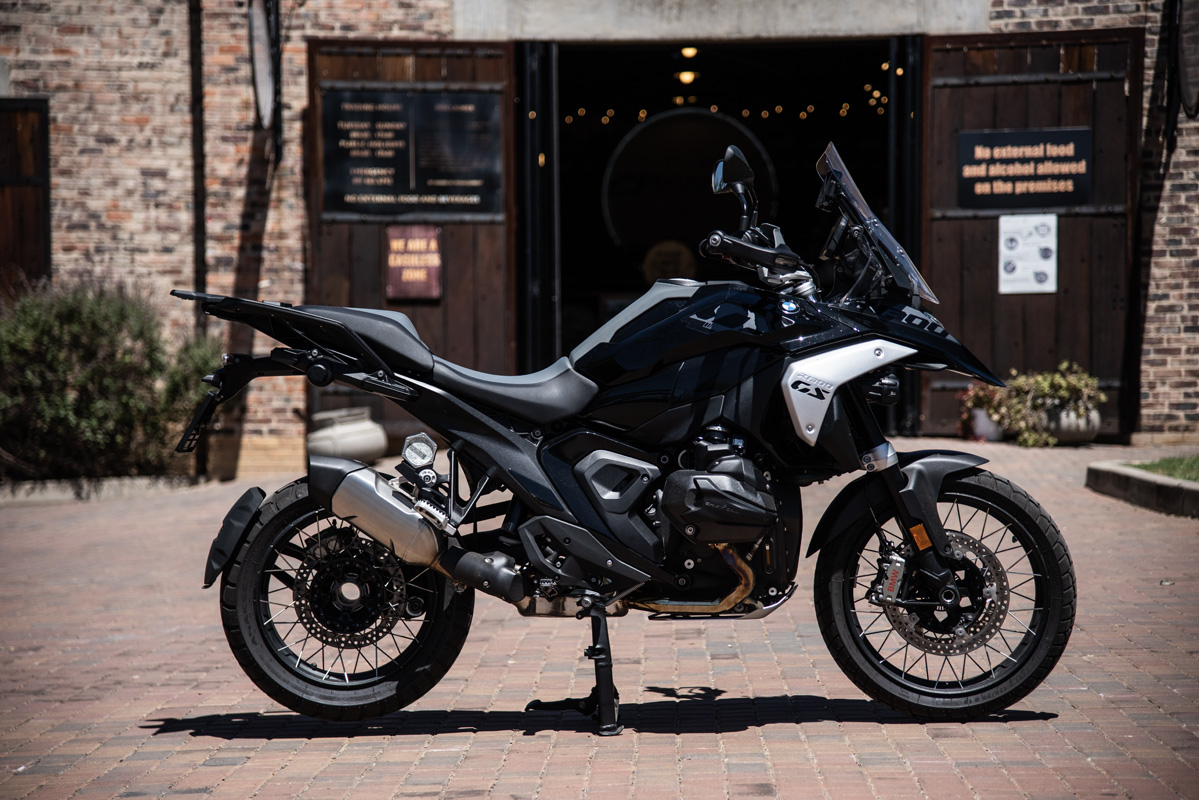
The R 1300 GS really is all-new. The tubular steel chassis has been replaced with a steel monocoque shell that uses the engine as a stressed member. The suspension – Telelever at the front and Paralever at the back – is familiar but has been completely reworked to be lighter and stronger. The subframe is now a cast aluminium affair which raises a question about its ability to withstand serious accident damage; at least the previous tubular subframe would bend and be easy to weld up in an emergency but can you say the same about cast aluminium?
If the R 1300 GS still looks like a big bike well, yes, it is, but looks can be deceptive as, in every measurable parameter, the GS now lighter, slimmer and much less bulky. The fuel tank has one litre less capacity and sits lower, making the riding position feel even more spacious although it’s still not a bike for small people, despite the self-lowering suspension (an option, of course!). Personally, I found the foot pegs set too far back, meaning the feet are folded back under your bum but perhaps a month or two of getting used to the position would help.
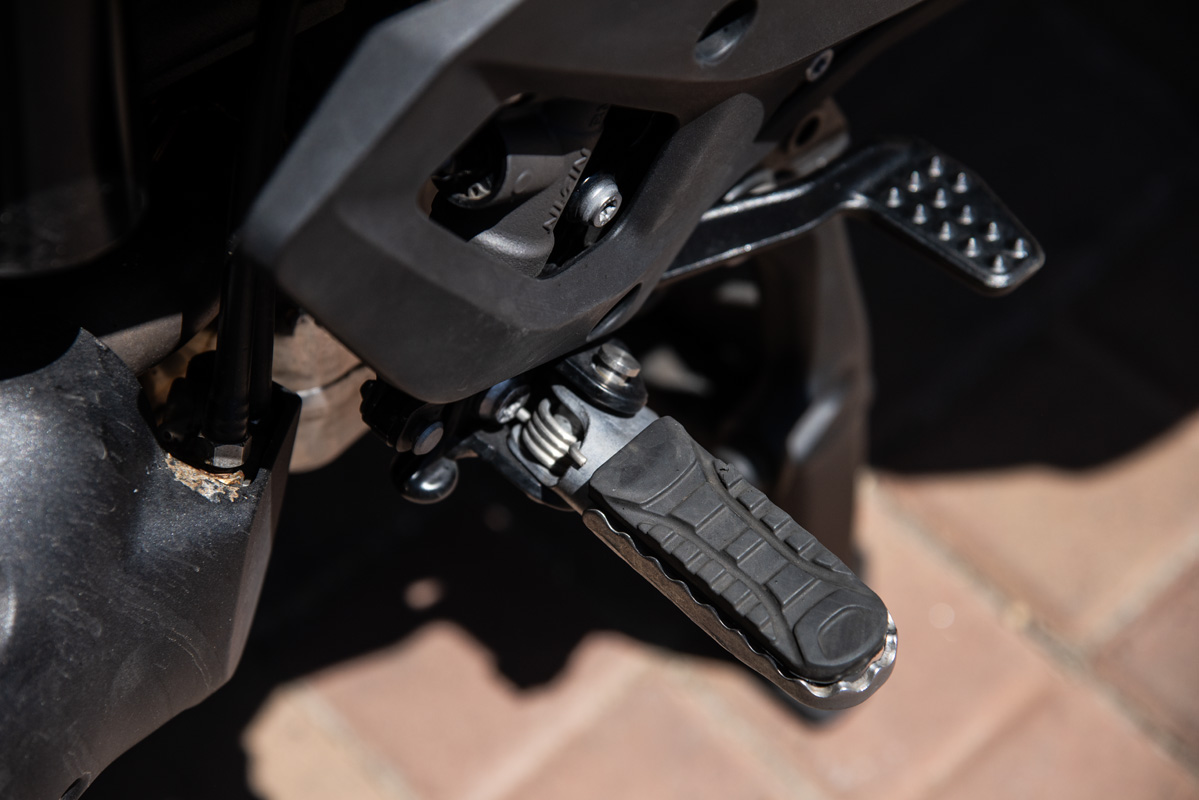
Despite the new chassis structure, those riders familiar with GSs of old will feel immediately as if they’re in familiar territory, with an unmatched feeling of stability and balance and, if the semi-active electronic suspension option is ticked, superb ride quality with, at times, an almost magic carpet feel to the ride. The agility has been enhanced and it remains one of the most fun bikes to throw around on a twisty road.
This has to be thanks to the revised suspension, in which the electronics not only adjust the damping while on the move, but also the spring rate at the front and rear. This means that the ride can be as plush as you could ever need it to be but, when you’re in the mood and you change the electronics to a sportier mode, extra springs located in the piggy-back shocks come into play and stiffen things up when you want to get a move on along a twisty road. The rear suspension is self-levelling and will drop by 30mm when at rest as a concession to shorter riders.
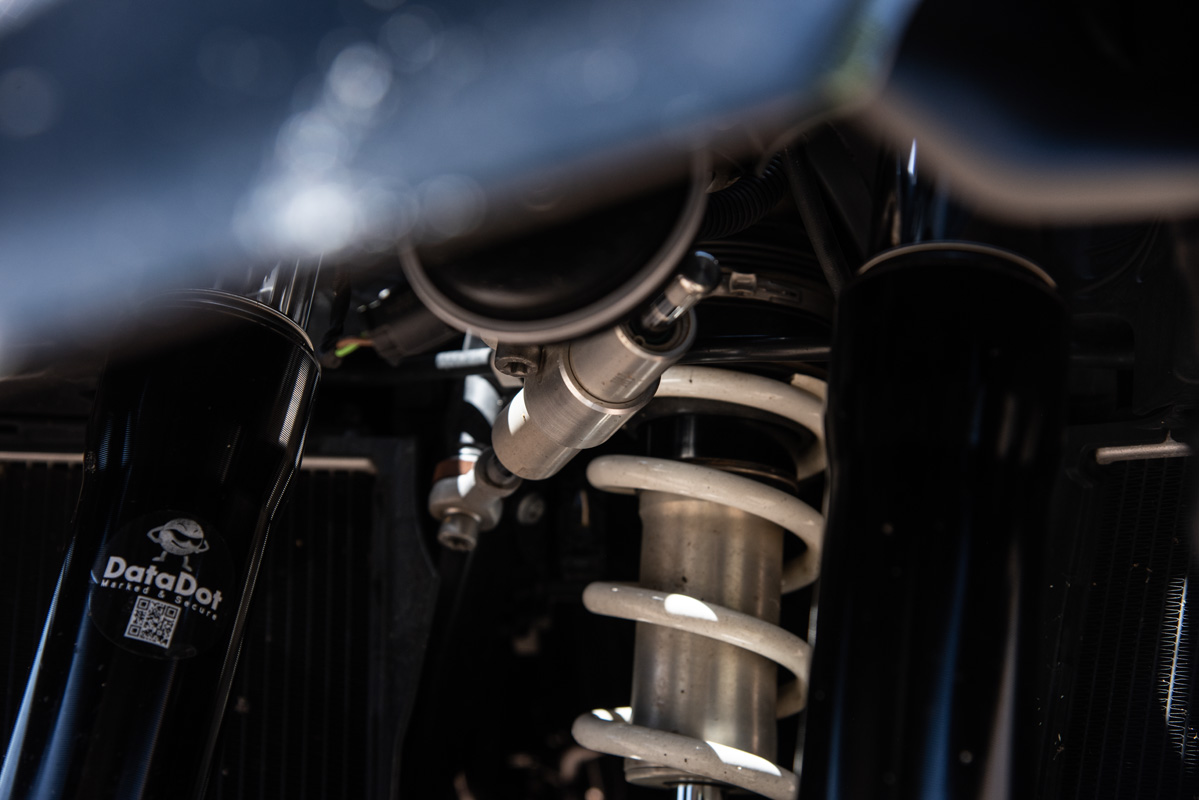
In line with any modern bike, there is nothing to worry about in the braking department, with new front calipers and slightly larger front discs giving all the stopping power and control you could ever need.
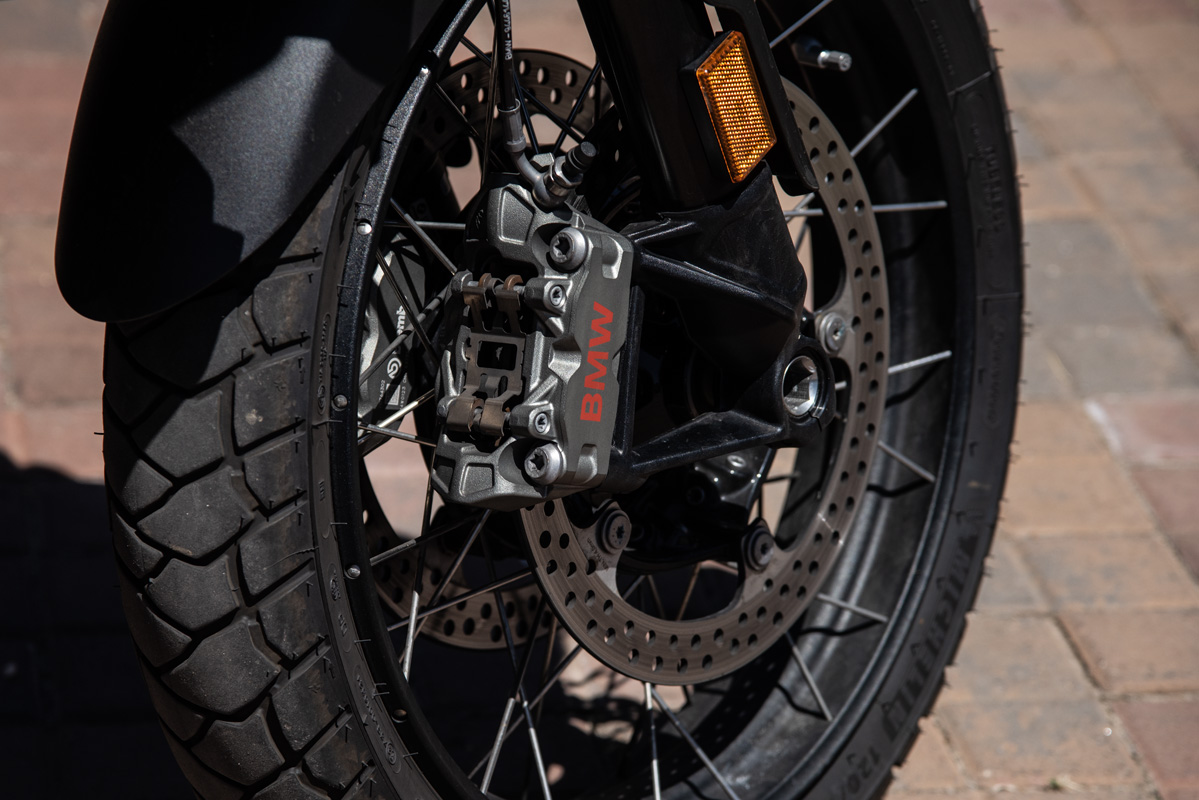
Aside from the new structure, the other big news is the engine. With a slightly increased capacity to exactly 1,300cc, from 1,254cc, this is now BMW’s most powerful production boxer twin. More importantly, the torque curve has been flattened even further than it already was to give more torque all the way through the rev range. Figures of 143bhp and 149Nm of torque are impressive but you have to ask how far can BMW push the design in the face of rivals’ power outputs? More pertinently, is there any point chasing any more power if it means over-stressing the engine?
The cylinder heads utilise BMW’s Shiftcam variable valve timing technology to enhance low-rev torque and higher rev power. I found the engine to be mechanically a lot noisier than ever before, especially from the cylinder heads, which detracts slightly from the improved performance. As ever, the exhaust note isn’t particularly distinguished, remaining a drone that experienced GS owners will be familiar with.
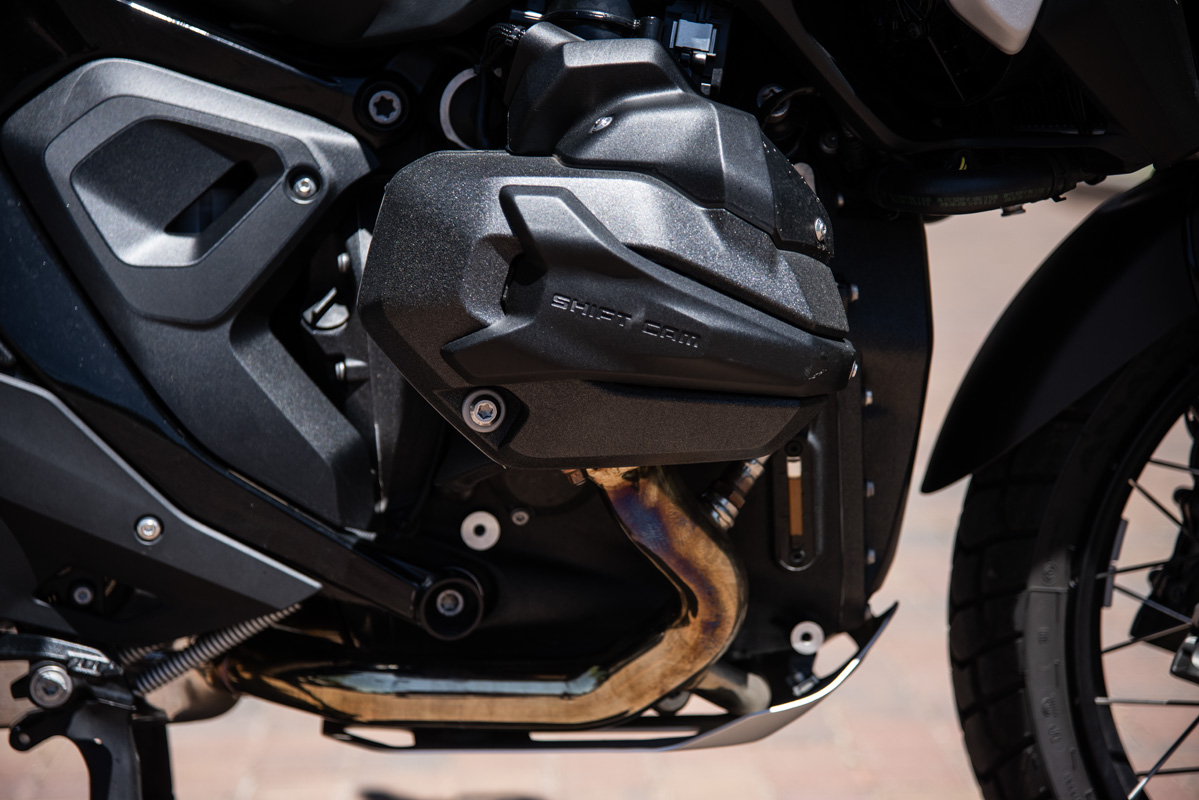
What isn’t in question is the performance provided at any speed, in any gear. If it lacks the ultimate fireworks of the KTM 1290 or the Ducati Multistrada V4, then it is by no means disgraced and offers more than enough performance. The engine is smooth and brilliantly flexible in any riding situation.
The gearbox quick-shifter works well although nothing is ever going to make the boxer engine gearbox change gears without a significant clunk between gears. It’s about the only old-fashioned thing about the bike as a whole.
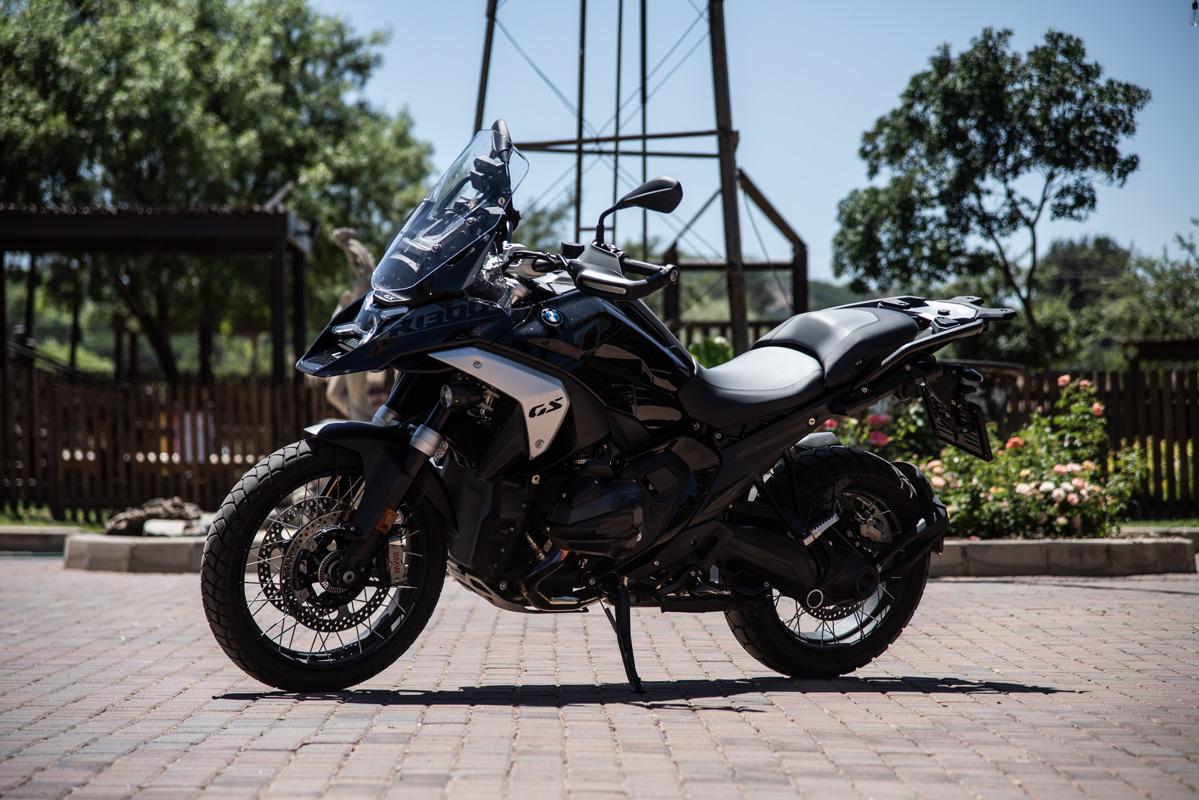
The electronics are significant and there is a lot of adjustability available (depending, of course, on which boxes you tick on the options sheet when ordering your bike.) Thankfully, the dashboard interface is relatively intuitive to use, although I suspect that many owners will set parameters once and then forget them, unless they are particularly skilful off-road riders who can detect the difference between settings.
One useful feature is a rocker switch on the left-hand cluster that can be configured to adjust one thing on the fly; the electric screen (another option), traction control, damping, ride height or the heating.
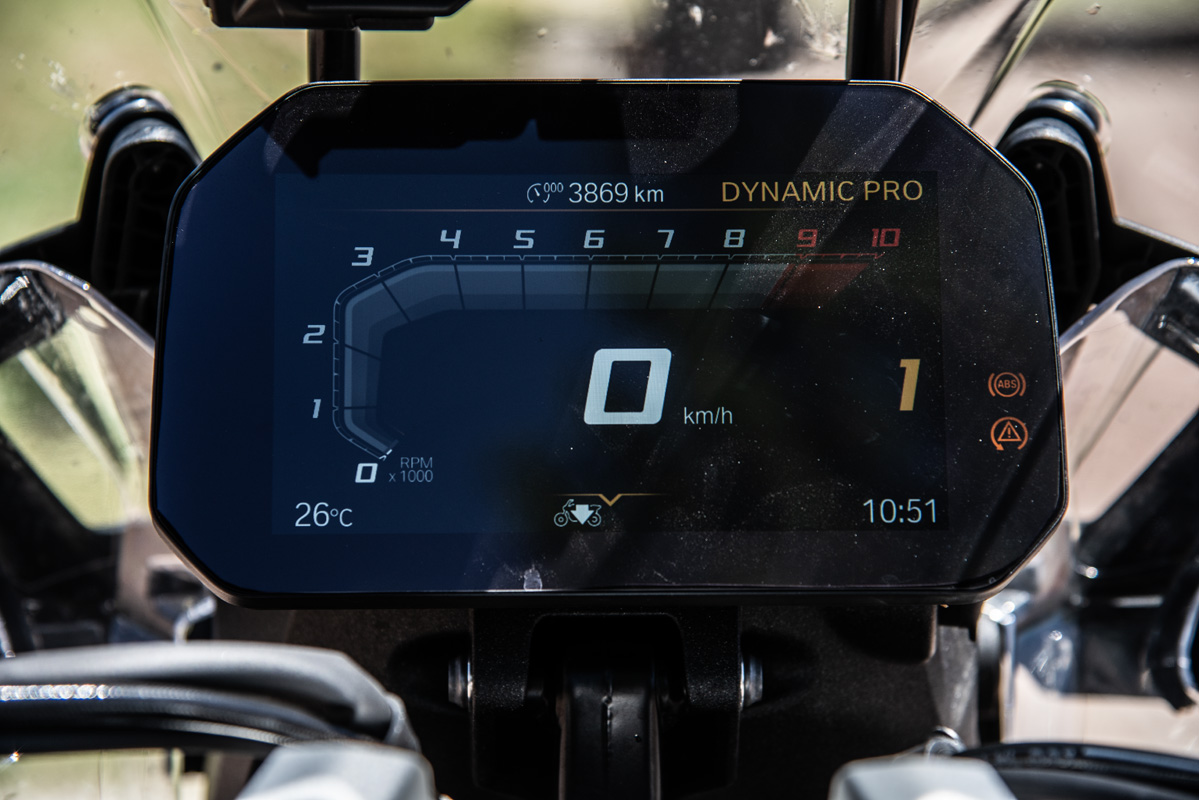
The screen is much smaller than before but, in its highest position, works extremely well, allowing the rider to ride with the helmet visor open with no wind blast on the face.
Performance is effortless and the engine is remarkably smooth. There’s so much torque everywhere at any speed and it really doesn’t seem to mind being lugged along slowly in a higher gear. Only time will tell if the engine can continue the reputation for reliability enjoyed by previous models.
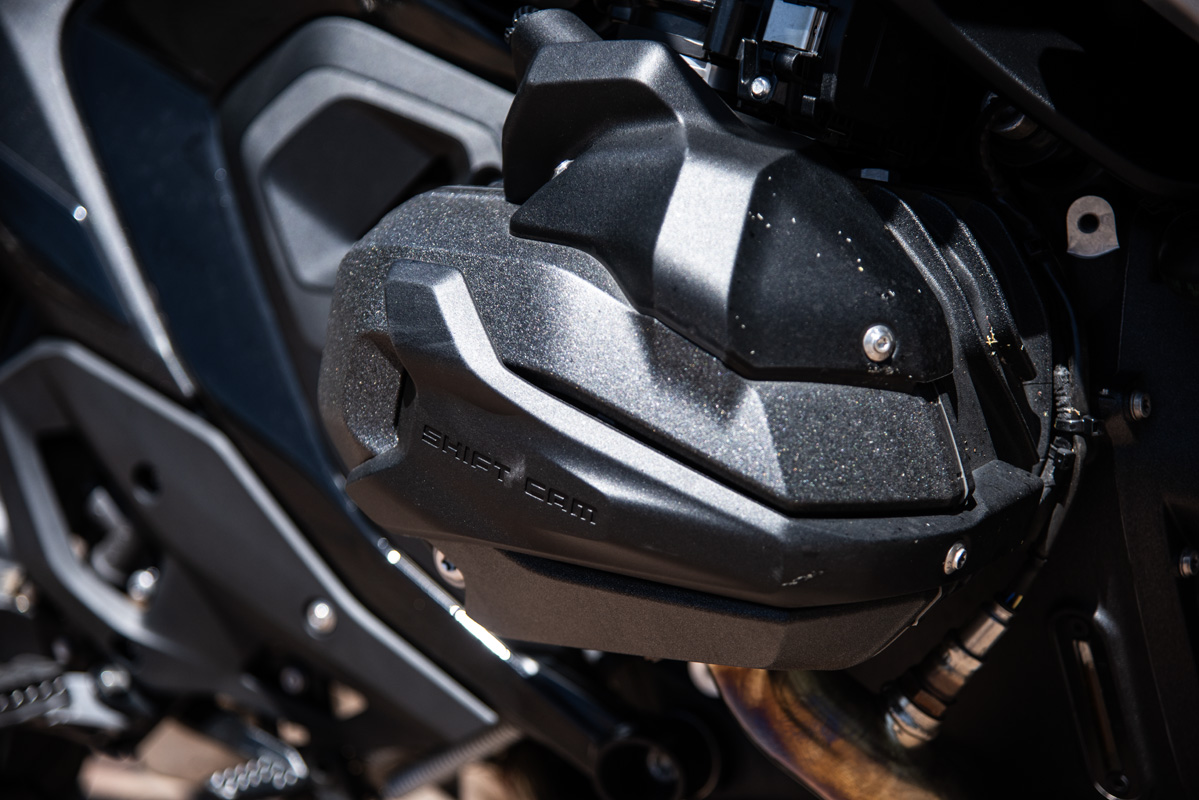
The KTM 1290 Super Adventure R might be marginally better off-road and the Triumph and Ducati better road performers but the BMW remains what it has always been, a brilliant all-rounder capable, in the right hands, of some incredible technical off-road riding feats, never mind impressive mile-eating touring capability. There’s a lot of competition in the adventure bike market but the R 1300 GS can hold its own with any of them.
But hang on; in my humble opinion, the biggest challenger to the R 1300 GS is the R 1250 GS. Or even the R 1200 GS. Both of which can be bought with low mileage – and likely no off-road miles to boot – for less than half the price of a new 1300 with all the bells and whistles fitted. But – and here’s the rub – the 1200 and 1250 are nowhere near 50% less capable. If anything, the R 1300 GS is maybe 10 to 15% better but, at the price, it’s a lot of money for not a lot of gain.
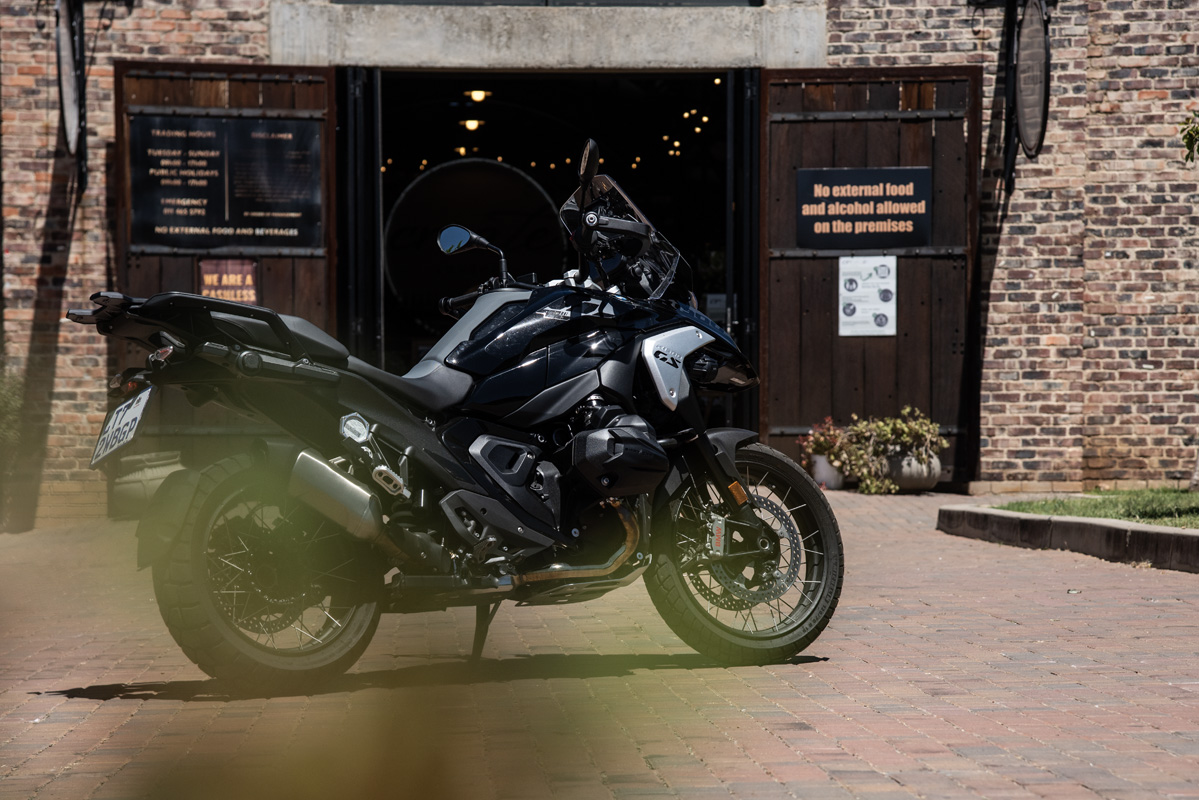
What isn’t in doubt is that, in the R 1300 GS, BMW has successfully updated the GS theme with possibly the biggest advance in many years. It will sell like hotcakes around the world and be another huge success for BMW. What it also does is beg the question; how can you make it any better? Well, BMW has been doing that successfully for more than forty years and there’s no reason to believe that it won’t happen again in five or ten years. Whether a petrol-engined adventure bike will be relevant then is another matter entirely.
For more information on the bike featured in this article, click on the link below…




